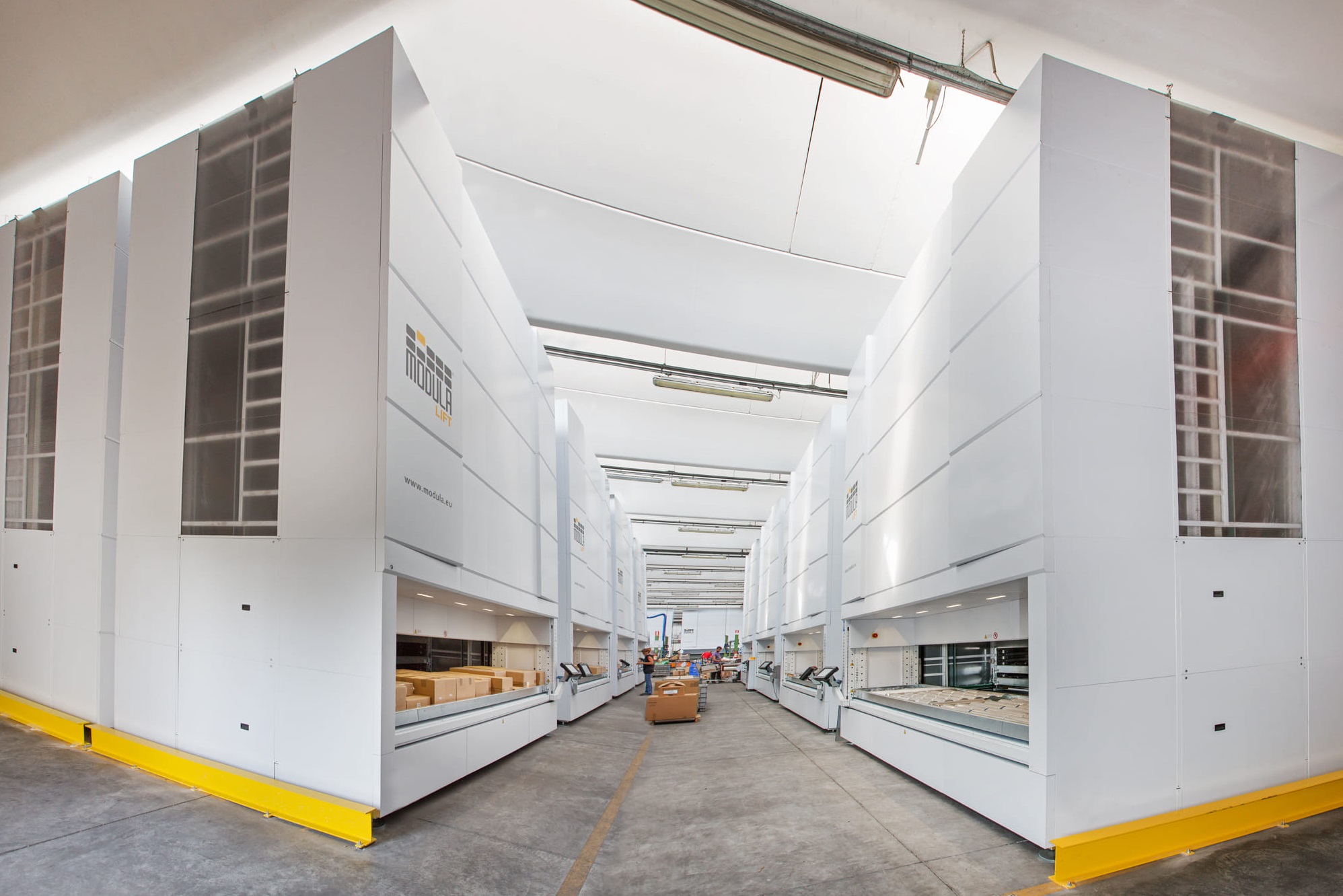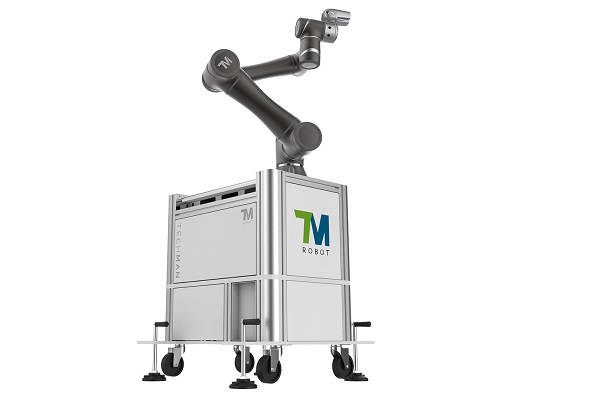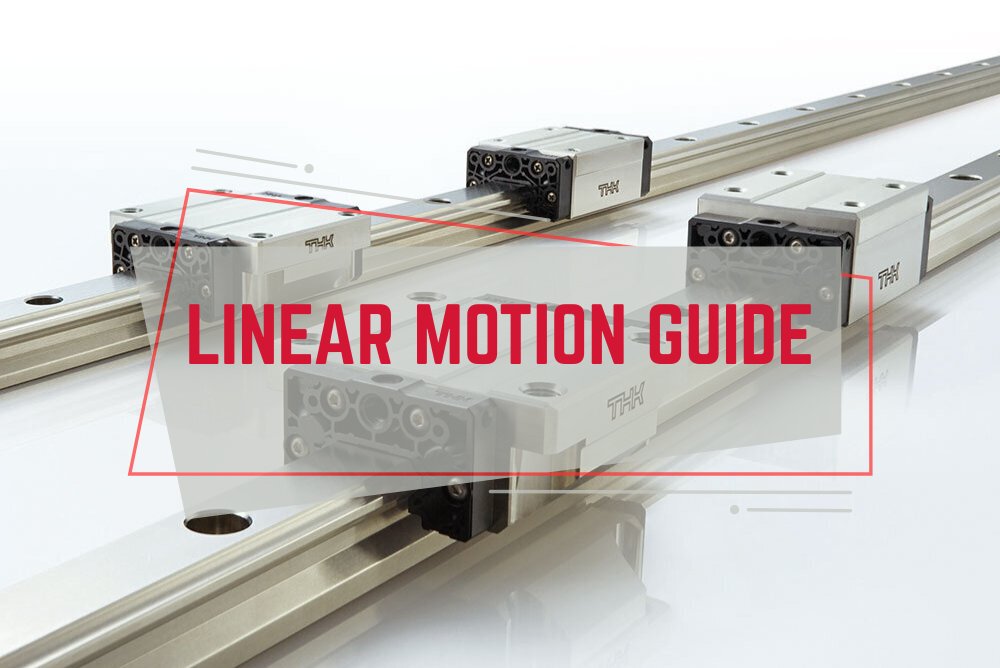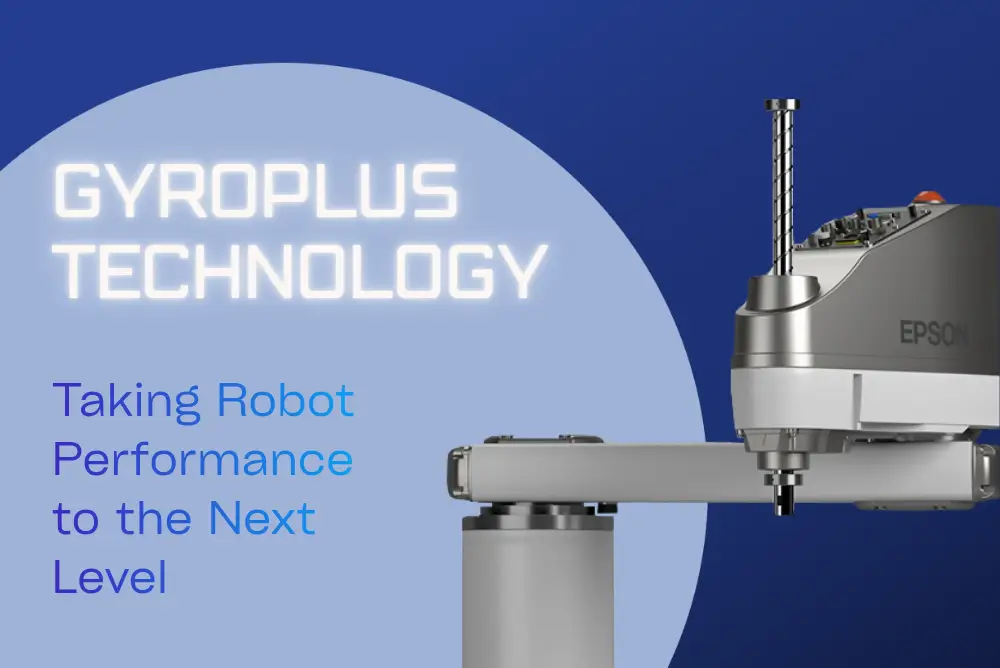 Contents
Contents
What is a Servo Press?
A servo press is driven by an AC servo motor (an electric three-phase rotary motor). Known for its high-precision control, servo presses have become increasingly common in manufacturing plants in recent years.
There are two common types of presses:
1. Crank Press: Uses a crankshaft mechanism to convert rotary motion into the linear motion of the ram, generating pressing force on the workpiece.
Crank Press
2. Servo Press: Uses a ball screw mechanism that allows free control of the ram’s position, enabling more flexible processing operations.
Janome Servo Press
Differences Between Servo Presses, Hydraulic Presses, and Pneumatic Presses
1. Hydraulic Press (Hydraulic Press)
A hydraulic press uses a hydraulic cylinder to generate force based on Pascal’s law. The fluid used is typically mineral oil or water-based fluid (such as glycol).
Advantages: High pressing force, stable operation, and suitable for heavy loads.
Disadvantages: Not suitable for cleanroom environments due to potential oil leakage and odor.
Hydraulic Press
2. Pneumatic Press
A pneumatic press operates by using compressed air pressure to generate force. The pressing force can be adjusted by changing the air pressure or cylinder size.
Advantages: Faster operation, smoother performance compared to hydraulic presses, simple structure, and easy maintenance.
Disadvantages:
- High energy consumption since air compressors must run continuously, even when the press is idle.
- Lower and unstable pressing force, dependent on air pressure and compressibility.
- Cannot maintain force for long durations (air leaks easily, unlike hydraulic systems).
- Limited precision.
Pneumatic Press
3. Servo Press
Compared to conventional hydraulic and pneumatic presses, servo presses are a more optimal choice for applications requiring high precision, automation, energy efficiency, and force/position control across various industries, particularly automotive, electronics, and medical devices.
Let’s highlight 5 key advantages of servo presses:
Janome Servo Press with force range from 0.5 kN to 300 kN
5 Key Advantages of Servo Presses
- Software-controlled stroke adjustment: Easy monitoring and adjustment via dedicated press control software.
- Low-speed contact capability: The pressing speed can be programmed to slow down as the ram approaches the workpiece, preventing impact and noise.
- Automated evaluation via Load Cell feedback: A built-in load cell measures and records pressing force in real time. Pressing can be performed under predefined conditions, such as “press until the preset load is reached” or “press at a constant load."
- Environmentally friendly: Compared to hydraulic and pneumatic presses, servo presses help reduce CO₂ emissions.
- Cleanroom compatibility: Since no hydraulic oil is used, servo presses are well-suited for cleanroom and medical manufacturing environments.
Janome Servo Press Clean Room Model
Servo presses offer significant advantages over hydraulic and pneumatic presses, particularly in precision, force control, and energy efficiency. This is why more companies in the automotive, electronics, and medical sectors are upgrading their production lines with servo presses.
If you are considering which servo press best fits your factory’s needs, contact Temas. Our engineering team is ready to provide expert consultation and help you find the most optimal solution for your production process.

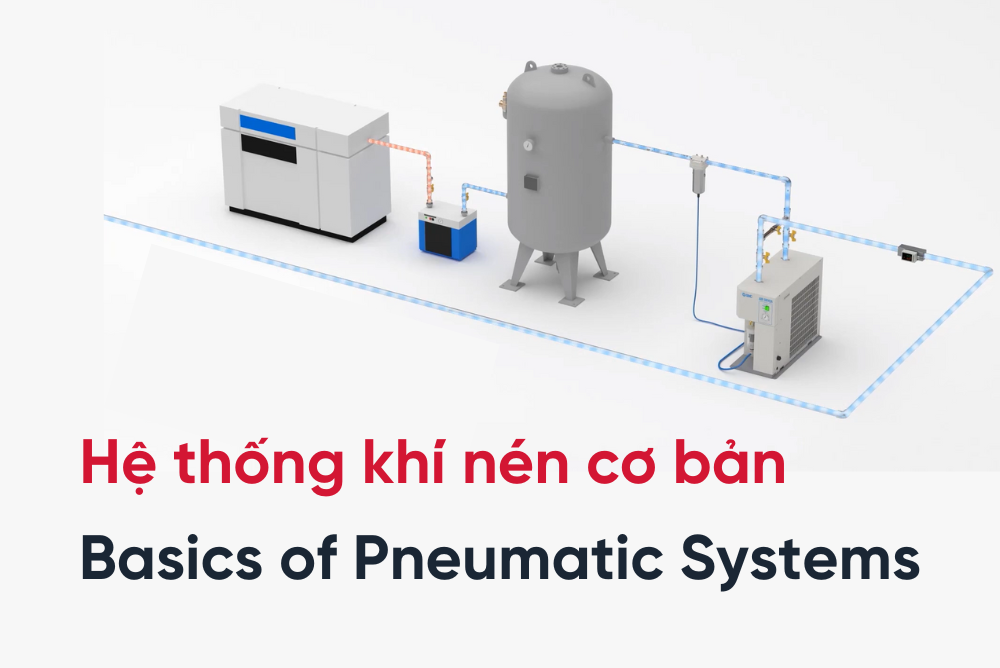
 Read more
Read more
